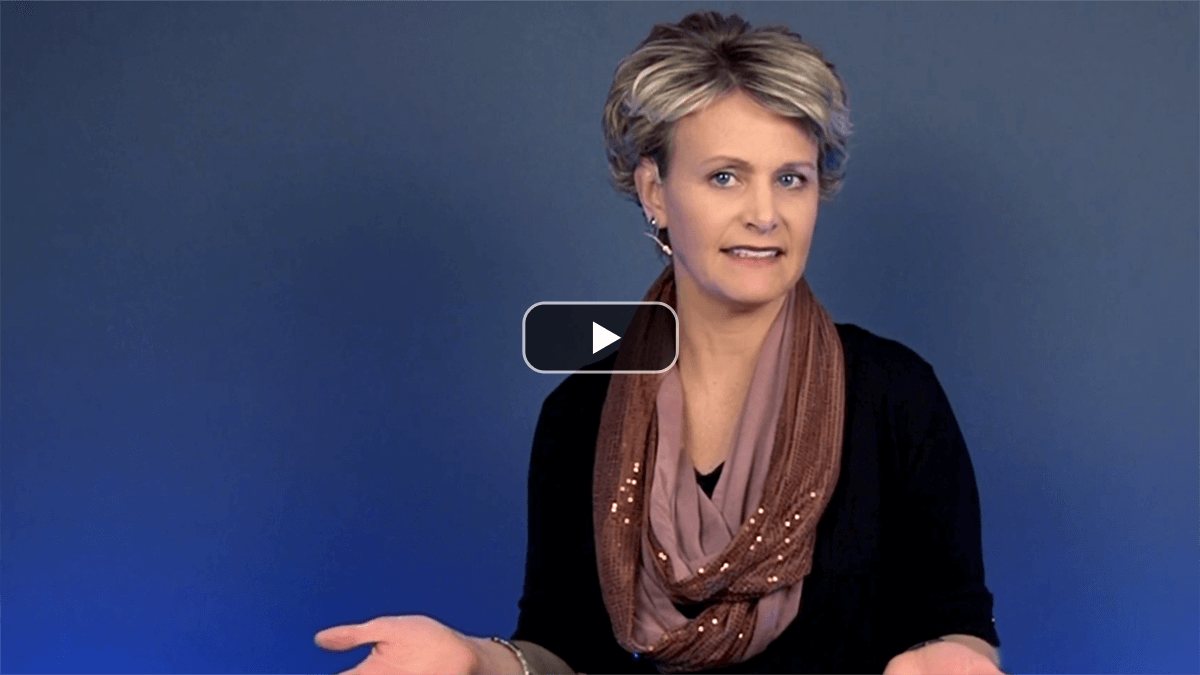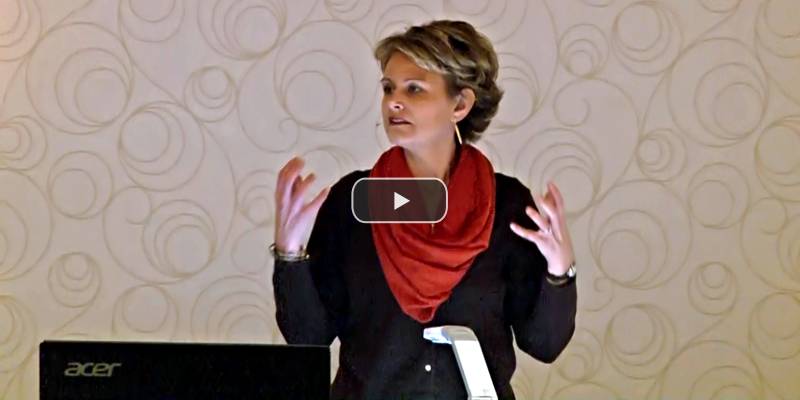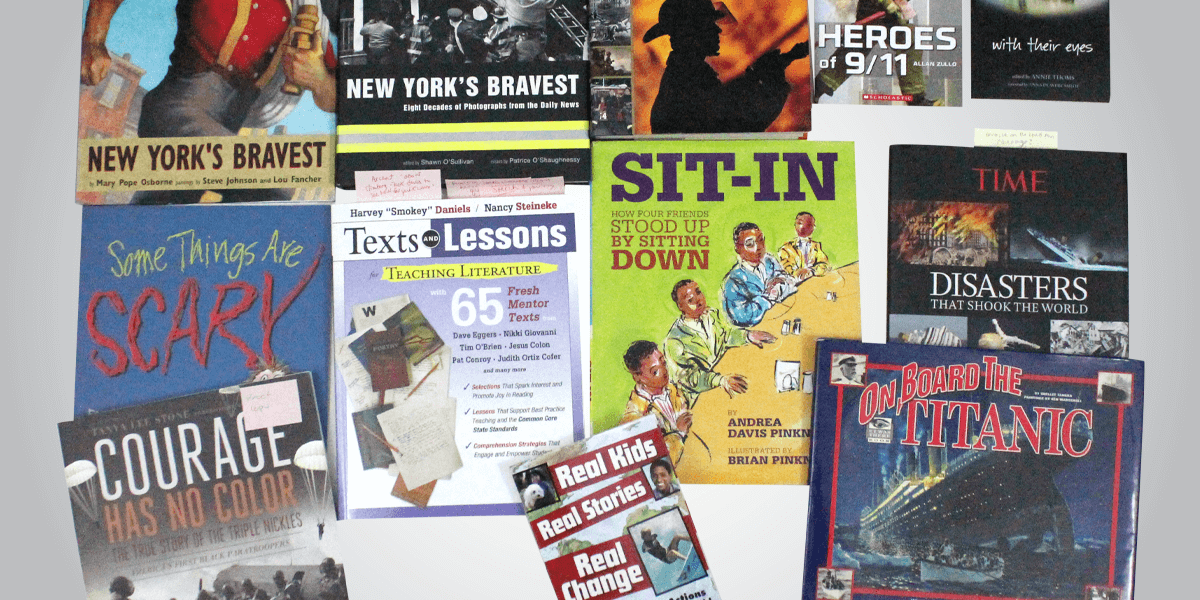Learning Center
reading
Expect students to build their own background knowledge
December 13, 2016
There’s a lot of information out there on the necessity of building students’ background knowledge as a precursor for comprehension or learning anything new. However, at some point teachers have to teach students strategies for building their own background knowledge.
Real-world background knowledge
Think of a time when you were involved in a conversation and someone used an unknown word or unfamiliar concept. If you had your phone handy, you might have Googled it. When we don’t know something, we read to fill our background knowledge “backpacks.” Eventually we need to make students responsible for building some of their own initial background knowledge, too.
Background-knowledge-building day
Before embarking on your next new unit of study, select 10-15 texts that include general, foundational information about the topic. Look for short, simple texts. Consider nonfiction picture books, short, simple articles, even some websites that offer introductory material. Include photos, visuals, or diagrams that reveal the concept in a basic way.
On the day of the new unit, strategically place each of those texts around the classroom. Put one in each of the corners of the room, one on a desk grouping here and another one over there, project one on the screen, pull up a couple different websites on the Internet, etc.
Announce the new subject that you’re about to study and say that today is background-knowledge building day. Assign three or four students to a group and send each group to a different text location. Explain that they have three or four minutes to read, skim, study, and look through that text to glean basic information about this concept.
Give them some scratch paper and a writing utensil, so as they learn something new, they can jot it down. As the three or four-minute time period elapses, everybody will stand up, leave their texts, and rotate one text to the right. The idea is that after every few minutes, students are carouselling to another simple, basic text to glean even more background knowledge.
At the end of this carousel time, conduct a share-out. Get the whole class together, make sure they have their notes in front of them, and ask some general questions. For example, Class, look over your notes. What can you tell me about the people of this time period? Or, you might ask, Based on your basic research, what do you now know about ____?
Use this time to fill in the gaps or clarify misunderstandings. But remember, we’re not expecting them to be experts. This is only day one of the unit. However, you have shifted the first learning of this new concept from your shoulders to the students’.




